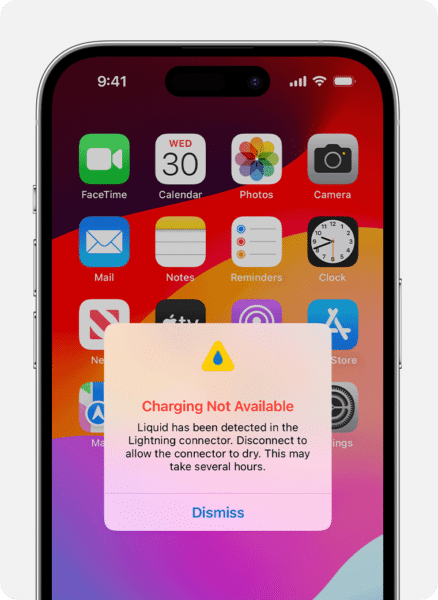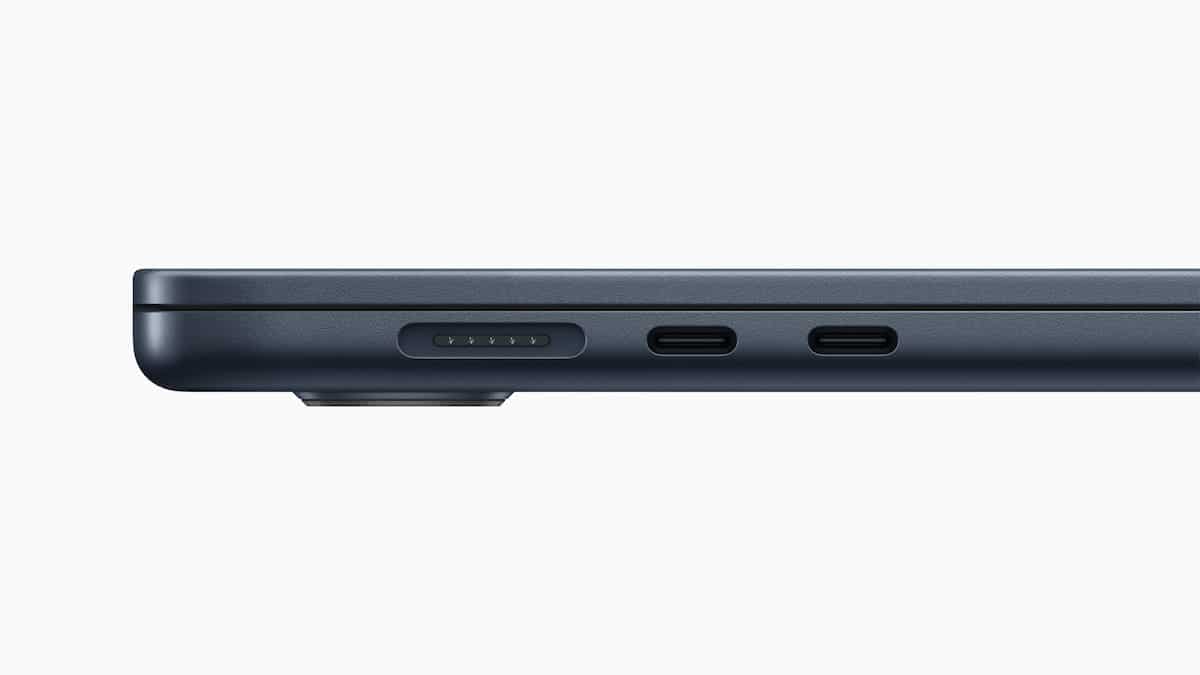In 2010, Apple faced a lawsuit over the accuracy of moisture indicators in its iPhones, resulting in a $53 million settlement. This incident pushed the tech giant to develop innovative liquid detection methods. The recent introduction of enhanced liquid detection features in macOS Sonoma 14.1 marks a significant milestone in this endeavor.
After introducing liquid detection to iPhone in 2016, Apple expands it to Mac with macOS Sonoma
Apple’s dedication to liquid detection dates back to a 2010 lawsuit regarding the accuracy of moisture indicators in iPhones, which resulted in a $53 million settlement. In response, Apple filed a patent application in 2012 to improve its water sensors, addressing concerns about device replacements due to undetected water damage. This marked the beginning of Apple’s relentless pursuit of comprehensive liquid detection solutions.
The evolution of liquid detection in Apple devices reached a new level in 2016 with the integration of user-centric liquid detection in iPhones. This feature promptly alerted users to the presence of liquid, empowering them to take preventive measures and minimize potential water damage.
The latest development of Apple’s liquid detection efforts is demonstrated by the introduction of the sophisticated “Liquid Detection and Corrosion Mitigation Daemon” named “liquiddetectiond” in macOS Sonoma 14.1.
This daemon, operating silently in the background, meticulously gathers data on liquid exposure at each USB-C port. While it currently does not actively notify users about detected liquid, unlike its iOS counterpart, its analytical capabilities are crucial for warranty assessments and repair eligibility determinations.
Complementing this sophisticated software solution are Apple’s existing Liquid Contact Indicators (LCI), strategically placed within Macs and other Apple devices. These indicators visibly change color upon contact with liquids, providing a clear and immediate indication of liquid exposure. The combination of these measures underscores Apple’s unwavering commitment to comprehensive liquid detection.
Despite Apple’s warranty policy not covering liquid damage, even for water-resistant products like iPhones, Apple Watches, and certain AirPods models, the company remains steadfast in its pursuit of accurate detection methods. These methods are essential for safeguarding warranty integrity and ensuring customer satisfaction.
Read more:


